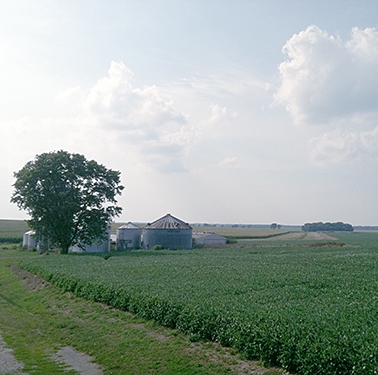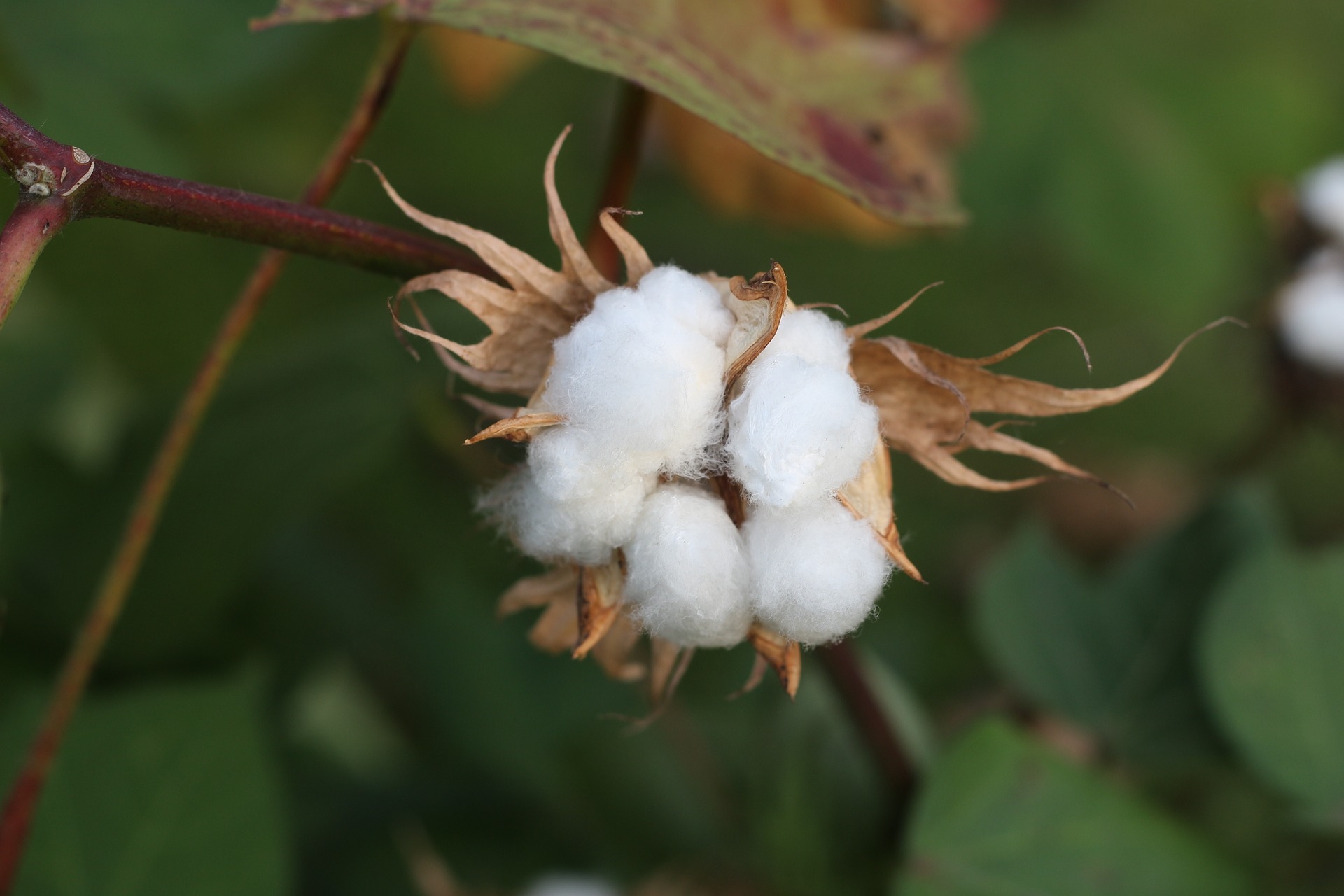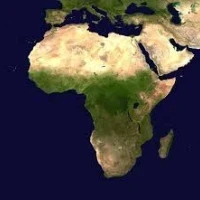Forecasting developments in production agriculture

On behalf of a private U.S. agricultural technology provider, WPI’s team generated an econometric model to forecast the movement of concentrated corn production north and west from the traditional U.S. Corn Belt. WPI’s model has subsequently provided quantitative support to a multi-million-dollar investment into short-season corn variety development. WPI’s methodology included a series of interviews with regional grain elevators and seed consultants. Emphasizing outreach and communication with stakeholders who possess intimate sectoral knowledge – on-the-ground insights – is a regular component of WPI’s methodologies, made possible by WPI’s ever-growing network of industry contacts.

 Mediterranean/Middle East/North Africa/Africa – MEA Region Iran continues to be the largest importer of Brazil maize as total maize exports reach 23.8 MMT. Iran has imported about 4.7 MMT followed by Egypt at just over 4.0 MMT, Saudi Arabia with 1.1 MMT, Morocco at 900,000 MT and Algeria...
Mediterranean/Middle East/North Africa/Africa – MEA Region Iran continues to be the largest importer of Brazil maize as total maize exports reach 23.8 MMT. Iran has imported about 4.7 MMT followed by Egypt at just over 4.0 MMT, Saudi Arabia with 1.1 MMT, Morocco at 900,000 MT and Algeria...
 Dry bulk markets were quiet and mostly flat last week. Spot rates softened a little bit as vessel owners threw in the towel on waiting for improved demand. Most hopes for any recovery in rates now rests on the new U.S.-China trade deal. After the positive meeting between Presidents Xi and...
Dry bulk markets were quiet and mostly flat last week. Spot rates softened a little bit as vessel owners threw in the towel on waiting for improved demand. Most hopes for any recovery in rates now rests on the new U.S.-China trade deal. After the positive meeting between Presidents Xi and...
 WPI Grain Prices and Freight Rate App Note: you can also visit the app directly by clicking here. Supplemental Information The section below offers a concise view of the options available in the current version of the WPI FOB Price and Freight Rate app, along with a short “How To”...
WPI Grain Prices and Freight Rate App Note: you can also visit the app directly by clicking here. Supplemental Information The section below offers a concise view of the options available in the current version of the WPI FOB Price and Freight Rate app, along with a short “How To”...
 Mediterranean/Middle East/North Africa/Africa – MEA Region Egypt is reportedly late in payment on a number of Ukraine wheat vessels – six that have been unloaded and two in Egyptian ports. The total value is said to be in excess of $30 million. The shipper says that there has been s...
Mediterranean/Middle East/North Africa/Africa – MEA Region Egypt is reportedly late in payment on a number of Ukraine wheat vessels – six that have been unloaded and two in Egyptian ports. The total value is said to be in excess of $30 million. The shipper says that there has been s...